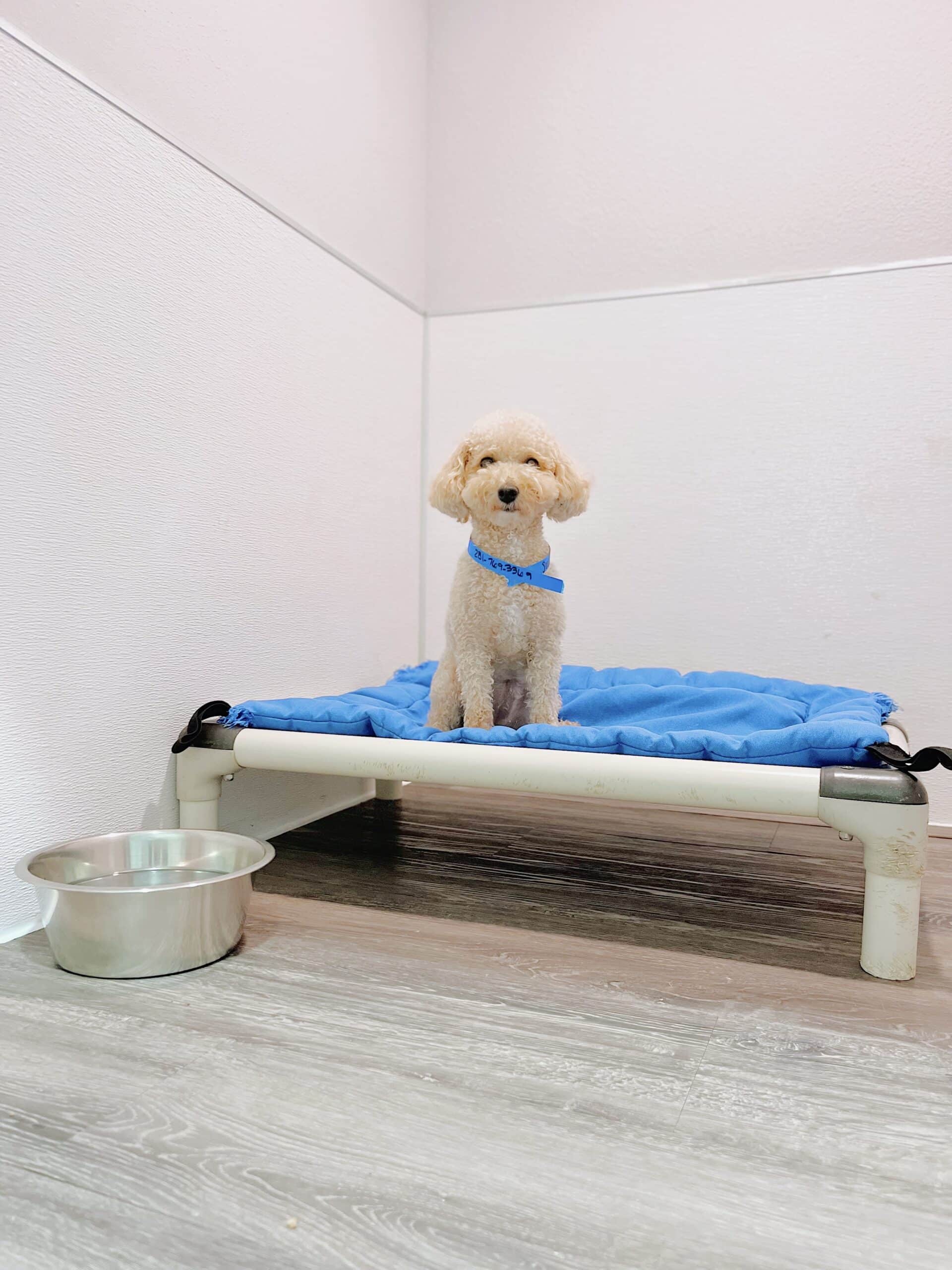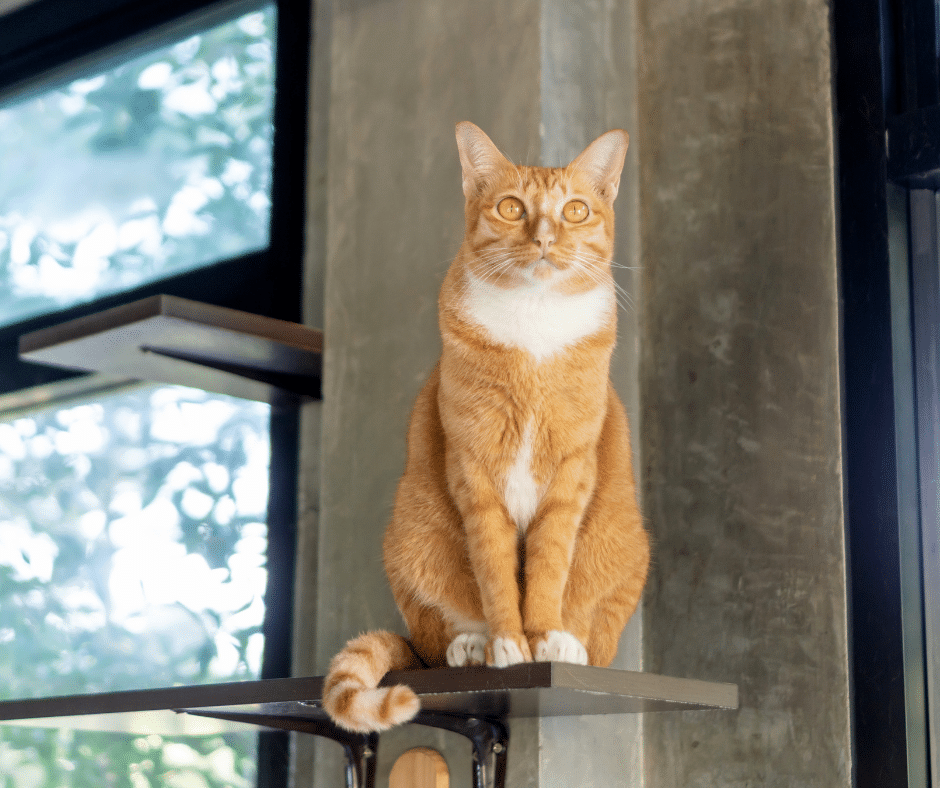Understanding High-Energy Pet Behavior
High-energy pets are often characterized by their boundless enthusiasm and seemingly ceaseless zest for life. These lively animals typically require more physical activity and mental stimulation than their lower-energy counterparts, making them both a joy and a challenge for their owners. Understanding the behavior of high-energy pets is crucial for fostering a nurturing environment that caters to their unique needs.
One of the primary indicators of a high-energy pet is their penchant for constant movement. Whether it’s a dog that loves to run, jump, and play fetch for hours on end, or a cat that dashes around the house with lightning speed, these animals thrive on activity. Their behavior often stems from their genetic makeup, especially in breeds originally developed for work or sport, such as Border Collies, Jack Russell Terriers, or Bengal cats.
Identifying the Causes of Hyperactivity
- Genetic Predisposition: Many high-energy pets come from breeds with a history of working tasks such as herding or hunting, which naturally require high stamina and alertness.
- Age and Health: Younger animals often exhibit more energy as they navigate their early life stages, while health conditions can also play a role in energy levels.
- Environmental Factors: An environment lacking in stimulation or exercise can exacerbate hyperactive behavior as pets seek outlets for their energy.
It’s crucial for pet owners to recognize that high-energy behavior is not merely a phase but an inherent part of their pet’s character. By understanding this, owners can better meet the demands of their spirited companions through structured activities and mental challenges. Doggy daycare can serve as an excellent solution, offering a venue for pets to expend energy in a controlled, social setting, thus enhancing their overall well-being and happiness.
The Importance of Structured Play for Dogs
Structured play is an essential component in the lives of dogs, particularly high-energy breeds that require more than just a casual stroll around the block. This form of play is not merely about burning off excess energy; it provides a multi-faceted approach to canine well-being, encompassing physical, mental, and emotional health. Structured play offers a set of activities designed with specific goals in mind, ensuring that dogs engage in meaningful interactions that stimulate their senses and intellect.
Physical Health Benefits
Firstly, structured play contributes significantly to a dog’s physical health. Activities such as agility courses or fetch games are designed to enhance a dog’s stamina, strength, and coordination. Regular engagement in such activities reduces the risk of obesity and associated health issues, keeping your pet fit and agile. For high-energy dogs, structured play is a non-negotiable part of their routine, preventing the buildup of stress that can lead to destructive behaviors.
Mental Stimulation
Beyond physical benefits, structured play serves as a crucial outlet for mental stimulation. High-energy dogs, like Border Collies or Jack Russells, are incredibly intelligent and require challenges that engage their cognitive abilities. Puzzle toys, scent games, and obedience training exercises are examples of structured play that stimulate a dog’s problem-solving skills and keep their minds sharp. This mental engagement is vital to prevent boredom, which can often manifest as undesirable behavior.
Socialization and Emotional Well-being
Structured play also plays a pivotal role in a dog’s socialization process. Interacting with other dogs and humans in a controlled environment allows them to learn social cues and develop appropriate behaviors. This interaction is critical for emotional well-being, as it helps reduce anxiety and fosters a sense of companionship and security. Dogs that regularly participate in structured play are generally more confident and exhibit fewer signs of stress.
In summary, structured play is not just a luxury but a necessity for high-energy dogs, offering a holistic approach to their care. It ensures that these pets are not only physically active but also mentally engaged and emotionally balanced, laying the groundwork for a happy and healthy canine life.
How Doggy Daycare Provides Socialization Opportunities
Doggy daycare serves as an excellent avenue for high-energy pets to develop crucial socialization skills in a controlled and safe environment. Socialization is a vital component of a dog’s development, particularly for breeds known for their vigor and enthusiasm. In essence, doggy daycare offers a dynamic setting where dogs can interact with peers, engage in play, and experience diverse social situations.
Exposure to Different Personalities
One of the primary benefits of doggy daycare is the exposure it provides to a variety of canine personalities. Each dog brings its own unique energy levels, play styles, and temperaments. This variability allows high-energy pets to learn how to adjust their behavior according to different playmates, fostering adaptability and empathy. Such interactions teach dogs how to read social cues, which is essential for preventing aggressive behavior and ensuring harmonious play.
Building Confidence
Moreover, regular attendance at doggy daycare helps build confidence in shy or timid dogs. By regularly interacting with other dogs and humans, these pets gradually become more self-assured. This boost in confidence often translates to better behavior in public settings, making outings more enjoyable for both the dog and its owner.
Structured Playtime
Daycare facilities often provide structured playtime, which helps high-energy dogs burn off excess energy in a healthy manner. This structured environment prevents over-excitement from escalating into unruly behavior. Experienced staff members supervise play sessions, ensuring all interactions are positive and beneficial for each dog involved.
In conclusion, doggy daycare is an invaluable resource for high-energy pets, offering countless socialization opportunities. It equips dogs with the skills they need to navigate the world confidently and peacefully, all while expending their boundless energy in a constructive way. This makes doggy daycare not just a service but a crucial part of a high-energy dog’s routine, promoting overall well-being and happiness.
Reducing Boredom and Anxiety in Pets
Pets, much like humans, thrive in environments that stimulate both their bodies and minds. High-energy dogs, in particular, require more than the occasional walk around the block to keep them content. Doggy daycare presents an ideal solution for mitigating the boredom and anxiety that often plague these spirited companions. By immersing them in a dynamic environment filled with interaction and play, daycares offer a multifaceted approach to enhancing a pet’s well-being.
Boredom is a common consequence for pets left alone for extended periods. This can lead to destructive behaviors such as chewing furniture, excessive barking, or even digging. Doggy daycare alleviates such issues by providing a structured setting where dogs can engage in various activities. From agility courses to group play sessions, daycares are equipped to cater to the energetic needs of high-energy breeds, ensuring they expend their energy constructively.
Moreover, the social aspect of daycare is invaluable. Dogs are inherently social creatures, and regular interaction with other dogs can significantly reduce anxiety levels. Daycare provides them with the opportunity to form bonds and practice social skills, which can be particularly beneficial for dogs prone to separation anxiety. The presence of trained staff further ensures that play remains safe and positive, promoting a sense of security and comfort.
In essence, doggy daycare serves as a haven for high-energy pets, striking a perfect balance between physical activity and mental engagement. By reducing boredom and anxiety, daycares not only enhance the quality of life for these pets but also bring peace of mind to their owners, knowing their furry friends are happy and well-cared for.
Preventing Destructive Behaviors with Daycare
High-energy dogs, often bursting with enthusiasm and vigor, can inadvertently turn their playful instincts into unwanted behaviors when left alone for extended periods. From chewing on furniture to digging up the garden, these actions often stem from a lack of mental and physical stimulation, not from any inherent naughtiness or disobedience. This is where the strategic intervention of doggy daycare becomes invaluable.
Doggy daycare provides an engaging environment tailor-made to curb such destructive tendencies. By offering a structured setting filled with activities specifically designed to channel a dog’s energy constructively, daycares can significantly reduce the likelihood of destructive behaviors. In daycare, dogs are afforded ample opportunities to socialize with other dogs, which not only satisfies their innate social instincts but also teaches them valuable social skills.
Structured Play and Exercise
At daycare, high-energy dogs participate in structured play and exercise routines that are crucial for expending excess energy. This regular physical activity is vital for maintaining a healthy lifestyle and preventing restlessness. Activities such as agility courses, fetch, and supervised free play are not only enjoyable but also serve as effective outlets for pent-up energy.
Mental Stimulation
Beyond physical activity, mental stimulation is equally important in preventing destructive behaviors. Doggy daycares often incorporate puzzle toys, training sessions, and interactive games that challenge a dog’s mind. This cognitive engagement is essential as it tires the dog out mentally, leaving them less inclined to engage in undesirable behaviors when they return home.
In essence, by providing a comprehensive approach to meet the physical and mental needs of high-energy dogs, doggy daycare acts as a preventive measure against destructive behaviors. Owners can enjoy peace of mind knowing their pets are not only safe but also thriving in an environment that promotes positive behavior and overall well-being.








Recent Comments